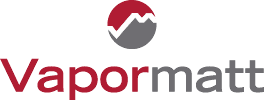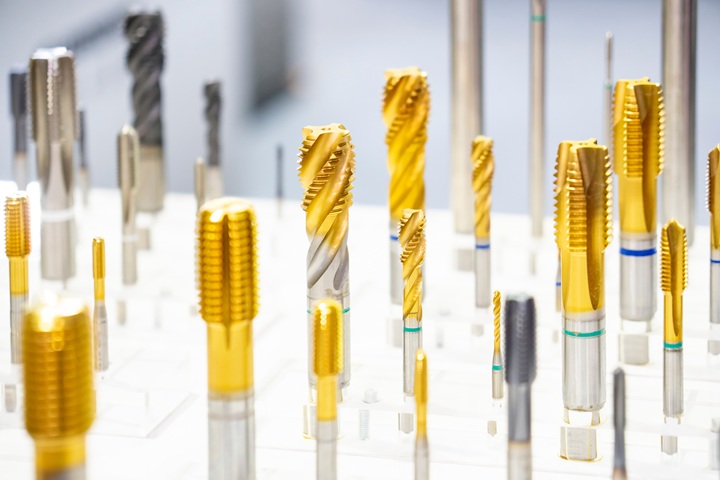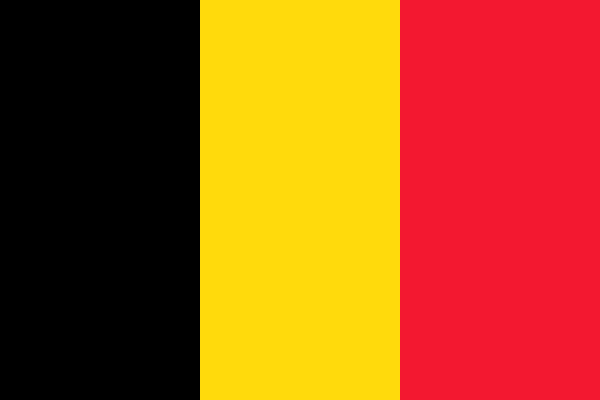When it comes to preparing components for high-performance coatings like PVD (Physical Vapor Deposition) and CVD (Chemical Vapor Deposition), surface preparation is key — and wet blasting is one of the most effective and reliable methods.
Here’s why:
✅ Surface cleanliness: Wet blasting removes oxides, residues, and contaminants without embedding particles or generating heat — providing a pristine surface for coating adhesion.
✅ Controlled roughness: It delivers a uniform, finely tuned surface texture (Ra) ideal for coating nucleation and mechanical interlocking — something many other methods struggle to do consistently.
✅ Non-destructive process: Unlike dry blasting or mechanical polishing, wet blasting avoids micro-cracks and preserves dimensional tolerances, especially important for precision and heat-treated parts.
✅ One-step cleaning and surface conditioning: It combines cleaning and surface preparation in a single operation, reducing process steps and improving consistency.
✅ Ideal for complex geometries: The process effectively cleans internal cavities and intricate shapes that are difficult to access with other finishing methods.
Suitable components for wet blasting pre-PVD/CVD coating include:
✅ Cutting tools: Carbide inserts, end mills, drill bits, taps, reamers
✅ Aerospace components: Turbine and compressor blades, vanes
✅ Medical implants: Spinal implants, orthopaedic devices, bone screws
Whether you’re targeting tool life, biocompatibility, or corrosion resistance — starting with the right surface prep makes all the difference.
Learn more about the many different applications for wet blasting























